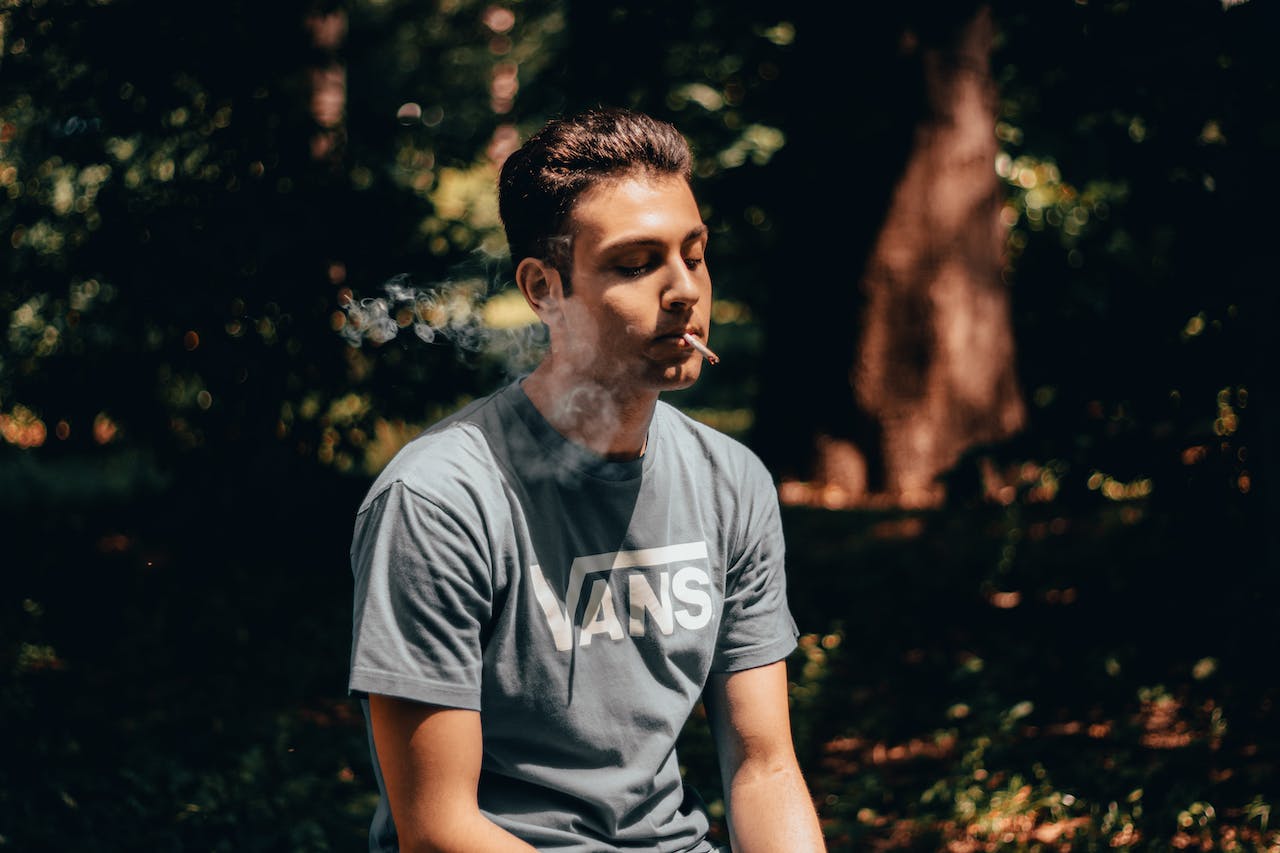Cannabis
Why People Say It Is Harder to Access Cannabis After Its Legalization in Canada
Despite the expansion of retail cannabis sales, the percentage of current cannabis users, defined as use in the past month, also declined over the study period, from 12.7% in 2018–19 to 7.5% in 2020–21. However, the authors did not attribute the decline in availability solely to age limits in Canada’s cannabis law or declines in the illicit market, noting that the pandemic or other factors may have played a role.

Recent research conducted among high school students in Canada revealed an interesting phenomenon regarding the availability of cannabis. In the years since the country legalized cannabis for adults and opened retail stores across the country, and during the period of social distancing caused by the COVID-19 pandemic, there has been a significant decline in the ease of access to cannabis among youth.
Despite a growing body of research on cannabis use among adults since legalization in 2018, the authors of the study, published this month in the journal Archives of Public Health, note the lack of research examining changes in adolescents’ perceptions of cannabis availability over the same period.
Using data from the COMPASS survey , which included students in grades nine through 12 in high schools in British Columbia, Alberta, Ontario and Quebec, researchers analyzed responses from three time periods: 2018-19, 2019-20 and 2020-21. They considered answers to two questions: “Do you think it would be difficult or easy for you to get cannabis if you wanted it?” and “How often have you used cannabis in the last 12 months?”
During this period, the overall frequency of students who said access to cannabis was easy dropped from 51.0 percent to 37.4 percent – a drop of more than a quarter (26.7 percent). At the same time, researchers noted that “students who used cannabis were more likely to report that it was easy to access.”
Read more about the access to cannabis in Canada after its legalization and find other interesting cannabis news from around the world with the Hemp.im mobile app.
The impact of legalization and the pandemic on the availability of cannabis among youth is complex and multidimensional in Canada
For example, despite the expansion of retail cannabis sales across the country, the percentage of current cannabis users, defined as use in the past month, also declined over the study period, from 12.7 percent in 2018–19 to 7.5 percent in 2020–21 .
The study also found that students were more likely to report easier access to cannabis the older they were, especially among those who used cannabis. Perceived ease of access was “somewhat difficult during the initial period of the pandemic” but increased as the pandemic continued.
“Although the percentage of youth reporting that cannabis is readily available has declined since legalization and throughout the initial and ongoing pandemic,” the report concludes, “the likelihood of underage youth reporting that cannabis is readily available increases as students age in high school.”
The authors noted that declines in perceived access to cannabis over time “are consistent with U.S. data showing that perceptions of ease of access to cannabis are in a downward trend (2002–2015).”
“Since the beginning of legalization and throughout the initial and ongoing pandemic, the percentage of underage youth reporting that cannabis would be readily available has been declining.”
“These data also appear to be consistent with representative data from seven quarters of the National Cannabis Survey (NCS),” they added, “showing declines in illicitly obtained cannabis among Canadians from the pre- to post-legalization period (51.7% to 40%, respectively). 1%).”
However, the authors did not attribute the observed decline in availability solely to age limits in Canada’s cannabis law or declines in the illicit market, noting that the pandemic or other factors may have played a role.
“While this may be an indicator that components of the Cannabis Act are effectively limiting the availability of cannabis to underage youth,” they wrote, “we are unable to determine whether it may also have been influenced by the onset of COVID-19 pandemic restrictions that limited opportunities for socialization among peers , given that peers are one of the most common sources through which underage youth access cannabis.”
On education, the study suggests that “future cannabis control efforts could focus on developing and implementing youth-focused interventions that target different age groups and tailored to those with or without experience using cannabis,” noting that “There was no significant difference in perceptions of access between men and women.”
The study authors included three researchers from the University of Waterloo School of Public Health Sciences, one from Université Laval in Quebec City, one from Brock University’s Department of Health Sciences and one from the Applied Research Division of the Public Health Agency of Canada.
__
(Featured image by Andrea Bova via Pexels)
DISCLAIMER: This article was written by a third party contributor and does not reflect the opinion of Born2Invest, its management, staff or its associates. Please review our disclaimer for more information.
This article may include forward-looking statements. These forward-looking statements generally are identified by the words “believe,” “project,” “estimate,” “become,” “plan,” “will,” and similar expressions. These forward-looking statements involve known and unknown risks as well as uncertainties, including those discussed in the following cautionary statements and elsewhere in this article and on this site. Although the Company may believe that its expectations are based on reasonable assumptions, the actual results that the Company may achieve may differ materially from any forward-looking statements, which reflect the opinions of the management of the Company only as of the date hereof. Additionally, please make sure to read these important disclosures.
First published in FaktyKonopne. A third-party contributor translated and adapted the article from the original. In case of discrepancy, the original will prevail.
Although we made reasonable efforts to provide accurate translations, some parts may be incorrect. Born2Invest assumes no responsibility for errors, omissions or ambiguities in the translations provided on this website. Any person or entity relying on translated content does so at their own risk. Born2Invest is not responsible for losses caused by such reliance on the accuracy or reliability of translated information. If you wish to report an error or inaccuracy in the translation, we encourage you to contact us.

-

 Crypto1 week ago
Crypto1 week agoRipple Launches EVM Sidechain to Boost XRP in DeFi
-

 Impact Investing5 days ago
Impact Investing5 days agoShein Fined €40 Million in France for Misleading Discounts and False Environmental Claims
-

 Business2 weeks ago
Business2 weeks agoThe TopRanked.io Weekly Digest: What’s Hot in Affiliate Marketing [NordVPN Affiliate Program Review]
-

 Impact Investing2 days ago
Impact Investing2 days agoVernazza Autogru Secures €5M Green Loan to Drive Sustainable Innovation in Heavy Transport
























